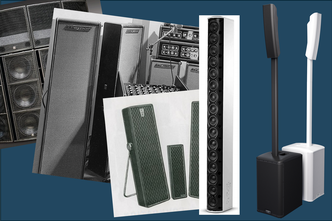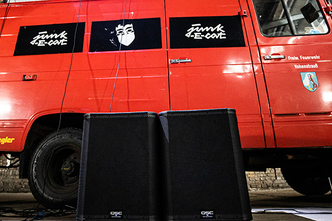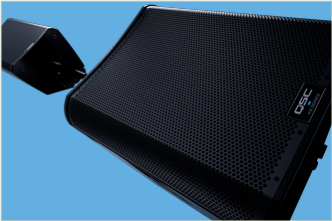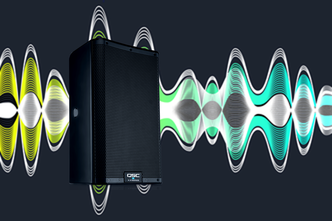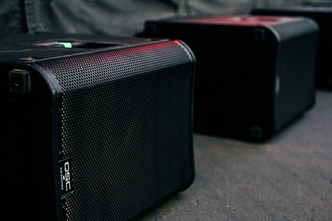
Now in its 59th season, the Sawdust Art Festival has become a cornerstone of Southern California’s cultural scene, representing the ongoing continuity of the Laguna Beach art colony, which has existed for approximately 125 years. Sawdust ensures that local artists in Laguna Beach have a thriving presence to the public, and art remains a relevant … Read More
